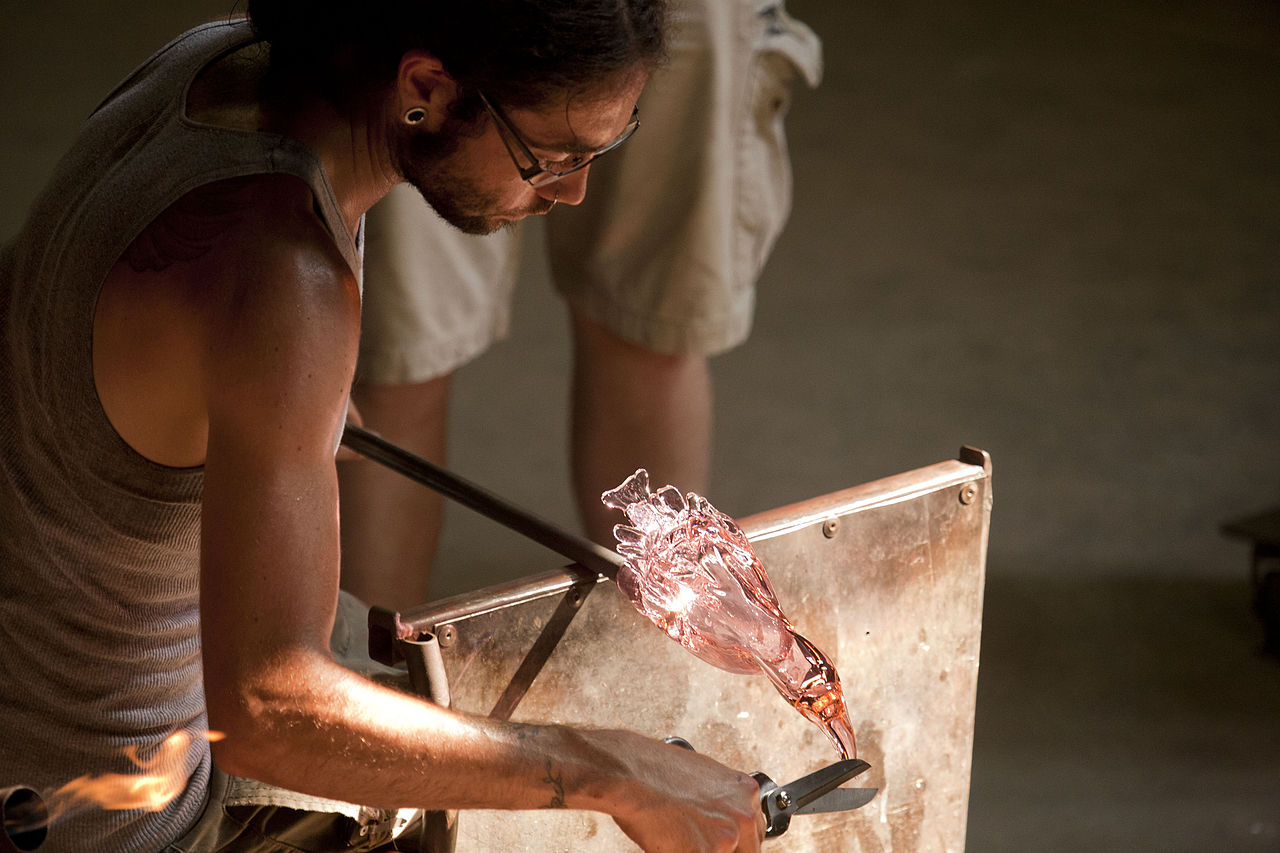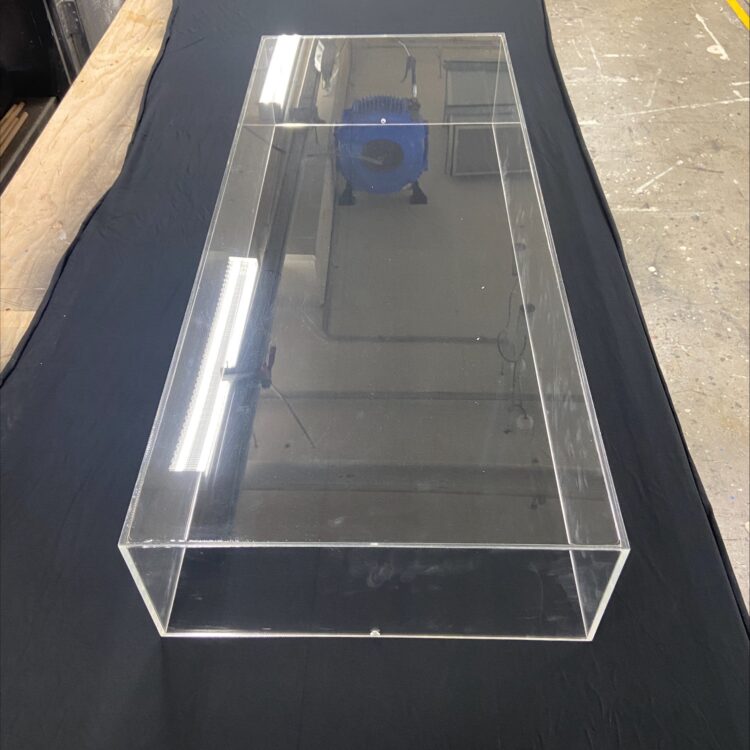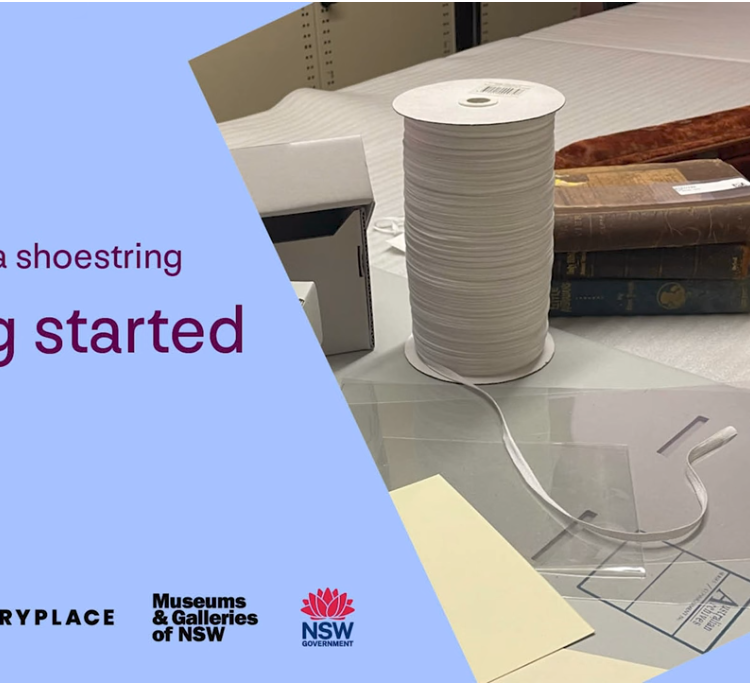
Glassblower, courtesy of Wikimedia Commons.
Glassblower, courtesy of Wikimedia Commons.
Recently I participated in a panel discussion about artist fees on Michael Cathcart’s Radio National program, Books and Arts Daily.
To make this a lively discussion a panel of four was assembled. Tamara Winikoff, Executive Director of National Association for the Visual Arts (NAVA), Elizabeth Fortescue, visual arts writer for The Daily Telegraph and Australian correspondent for The Art Newspaper, and Bill Sampson, a Melbourne based artist participated.
The idea for the discussion was generated following publication of an article in the UK’s Guardian newspaper. It claimed that up to 71% of contemporary visual artists in the UK received no fee for taking part in publicly funded exhibitions, over the past three years.
I firmly believe that public galleries have a responsibility to pay artists when their work is included in a curated exhibition or associated public program.
This was a figure that surprised me and one that I felt was on the high side of my experience here in Australia. As the conversation progressed, I felt the issue was being muddied by a lack of distinction between public gallery responsibilities associated with curated exhibitions and those associated with prize or ‘openly’ sourced, exhibitions. Let me explain.
I firmly believe that public galleries have a responsibility to pay artists when their work is included in a curated exhibition or associated public program. And I’m confident in the assertion that all public and regional galleries do that, recognising that budget restrictions and artist initiated negotiations to support other costs–catalogue production or exhibition installation for instance, can vary the amount paid.
From my experience most visual artists and public galleries use NAVA recommended fees as a baseline tool when negotiating contracted program involvements. Professionalism and a level of achievement is acknowledged in the transaction and fees are paid to cover the loan of works, commissioning, production, writing, public speaking and tutor-style workshop presentations, as appropriate.
Open entry and prize-based exhibitions are a different kettle of fish. In considering a wider brief, many public galleries develop shows that give a broad range of artists the opportunity to exhibit and present their work to an audience. With these types of group shows, artists are often able to sell their work and or, compete for an award. The cost of entry fees, if applicable, freight and production, are met by the artist. The rules of engagement in terms of the entry guidelines are agreed and acknowledged. In return, audience exposure, professional development and recognition is received, with the gallery covering all presentation, marketing, utility and administrative costs.
At Hazelhurst Regional Gallery and Art Centre, in Sydney’s southern suburbs, the active and busy workshop program which attracts more than 500 students a week, pays casual wages to artists totalling $400,000 per annum.
It seems to be this distinction that causes alarm and frustration. I acknowledge that it’s not easy to live as an artist in this world and pay the bills. We all know that. The art world exists as a complex ecosystem with equally complex support structures that can seem to be, and be, exclusive. In Talking Points: Snapshot of Contemporary Visual Arts report, 2013-14 commissioned by the Australia Council, author Phip Murray highlights the fact that most artists need to find a second job to pay the bills;
‘or develop multiple income streams, such as a combination of artwork sales and commissions, teaching, art-related employment (perhaps installation assistance or conservation work) or employment in some other industry’.(page 25)
Many public galleries offer this kind of ancillary work. At Hazelhurst Regional Gallery and Art Centre, in Sydney’s southern suburbs, the active and busy workshop program which attracts more than 500 students a week, pays casual wages to artists totalling $400,000 per annum.
Like many other public and regional galleries they also employ artists as technicians and installation crew. While Hazelhurst’s level of support is at the higher end of income opportunity, all NSW Regional Galleries provide support for artists living within their catchment.
I can’t imagine a world without artists and the idea of being one is only enhanced by having public galleries that nurture audiences and support careers.
The pod cast is attached, have a listen.
Michael Rolfe, CEO
Museums & Galleries of NSW



